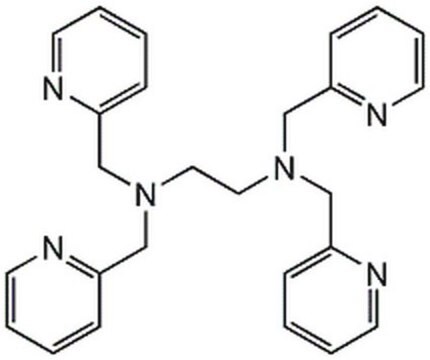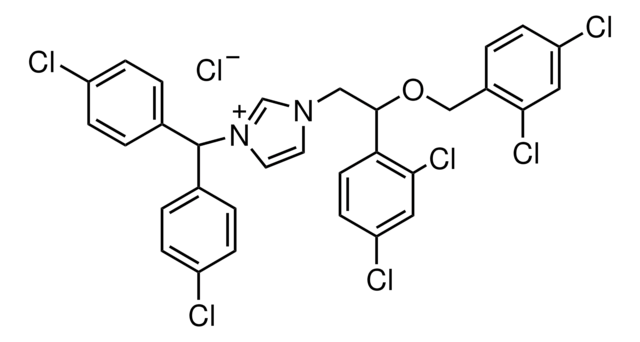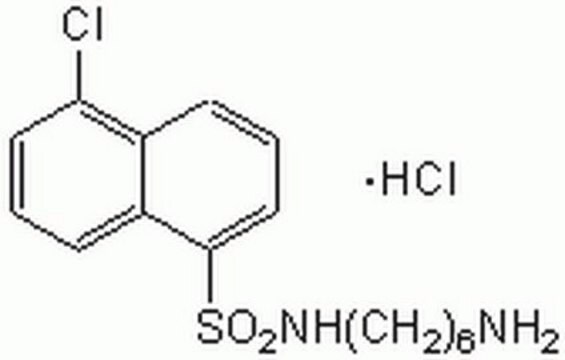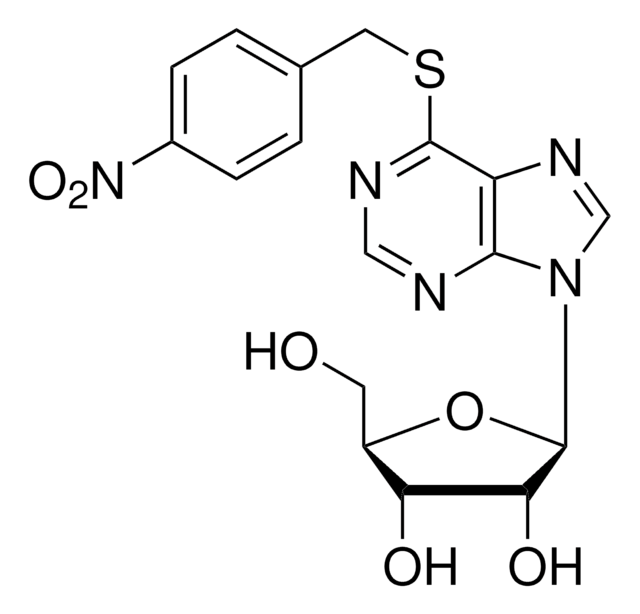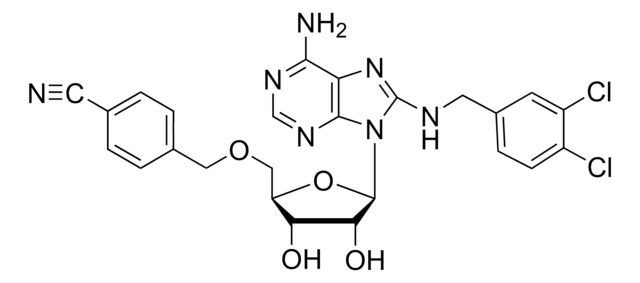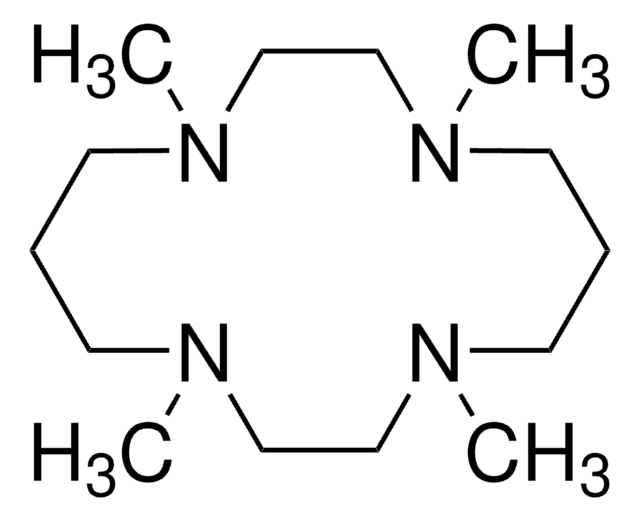Wichtige Dokumente
P4413
N,N,N′,N′-Tetrakis(2-pyridylmethyl)ethylendiamin
≥98% (TLC), powder, membrane-permeable zinc chelator
Synonym(e):
TPEN
About This Item
Empfohlene Produkte
Produktbezeichnung
N,N,N′,N′-Tetrakis(2-pyridylmethyl)ethylendiamin,
Form
powder
SMILES String
C(CN(Cc1ccccn1)Cc2ccccn2)N(Cc3ccccn3)Cc4ccccn4
InChI
1S/C26H28N6/c1-5-13-27-23(9-1)19-31(20-24-10-2-6-14-28-24)17-18-32(21-25-11-3-7-15-29-25)22-26-12-4-8-16-30-26/h1-16H,17-22H2
InChIKey
CVRXLMUYFMERMJ-UHFFFAOYSA-N
Suchen Sie nach ähnlichen Produkten? Aufrufen Leitfaden zum Produktvergleich
Anwendung
- in the treatment of human embryonic kidney (HEK293T) cells for assessing its effect on the Jembrana disease virus (JDV) viral infectivity factor (Vif) functionality
- in P19 embryonic carcinoma cells for chelation of zinc ions released during apoptosis
- to evaluate its effect on lentiviral Vpx infection on human monocytic THP-1 cells
Biochem./physiol. Wirkung
Leistungsmerkmale und Vorteile
Lagerklassenschlüssel
11 - Combustible Solids
WGK
WGK 3
Flammpunkt (°F)
Not applicable
Flammpunkt (°C)
Not applicable
Persönliche Schutzausrüstung
dust mask type N95 (US), Eyeshields, Gloves
Hier finden Sie alle aktuellen Versionen:
Besitzen Sie dieses Produkt bereits?
In der Dokumentenbibliothek finden Sie die Dokumentation zu den Produkten, die Sie kürzlich erworben haben.
Kunden haben sich ebenfalls angesehen
Verwandter Inhalt
n proliferating cells, the cell cycle consists of four phases. Gap 1 (G1) is the interval between mitosis and DNA replication that is characterized by cell growth. Replication of DNA occurs during the synthesis (S) phase, which is followed by a second gap phase (G2) during which growth and preparation for cell division occurs. Together, these three stages comprise the interphase phase of the cell cycle. Interphase is followed by the mitotic (M) phase.
Apoptosis, or programmed cell death (PCD), is a selective process for the removal of unnecessary, infected or transformed cells in various biological systems. As it plays a role in the homeostasis of multicellular organisms, apoptosis is tightly regulated through two principal pathways by a number of regulatory and effector molecules.
Unser Team von Wissenschaftlern verfügt über Erfahrung in allen Forschungsbereichen einschließlich Life Science, Materialwissenschaften, chemischer Synthese, Chromatographie, Analytik und vielen mehr..
Setzen Sie sich mit dem technischen Dienst in Verbindung.